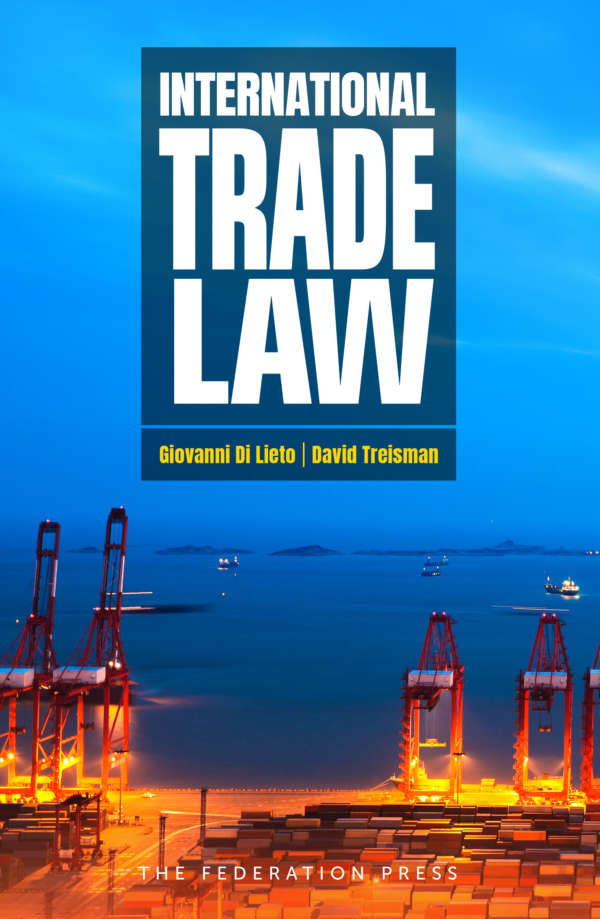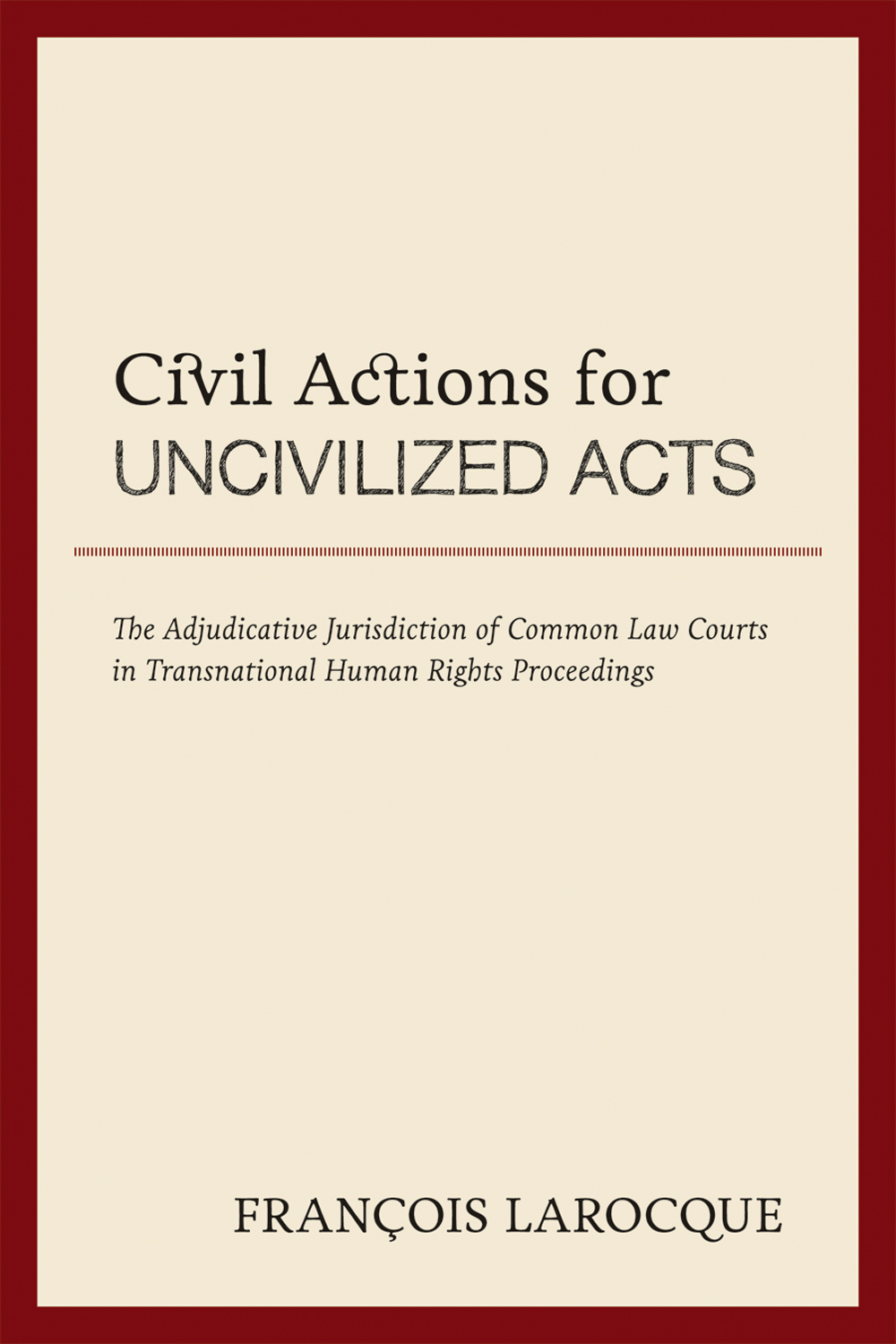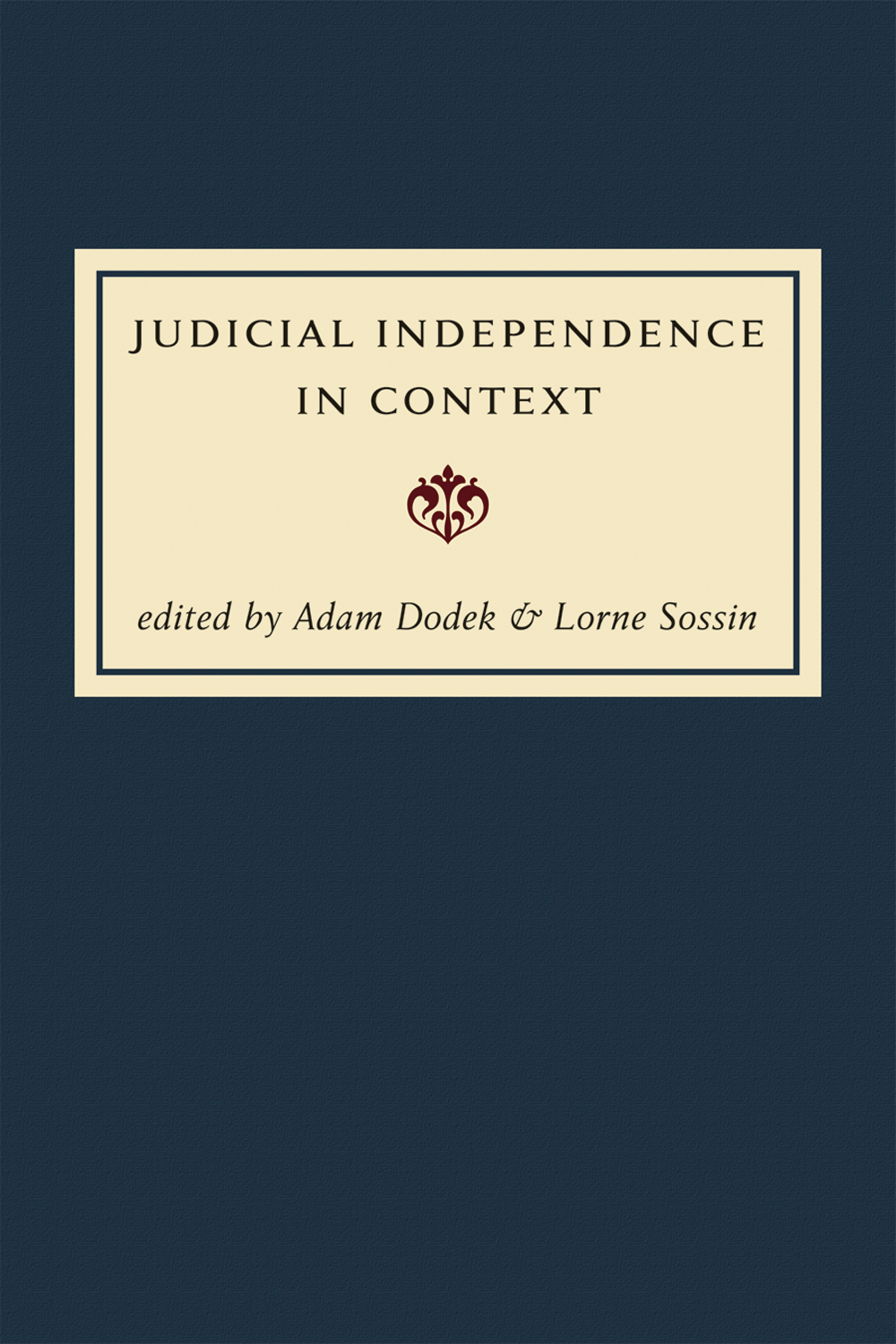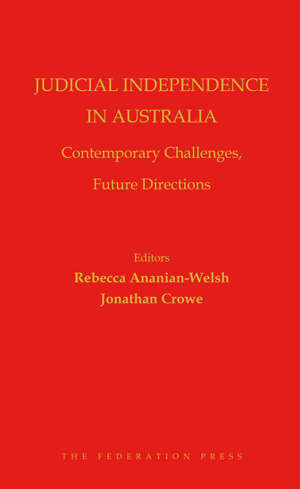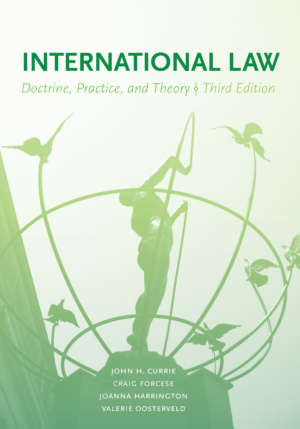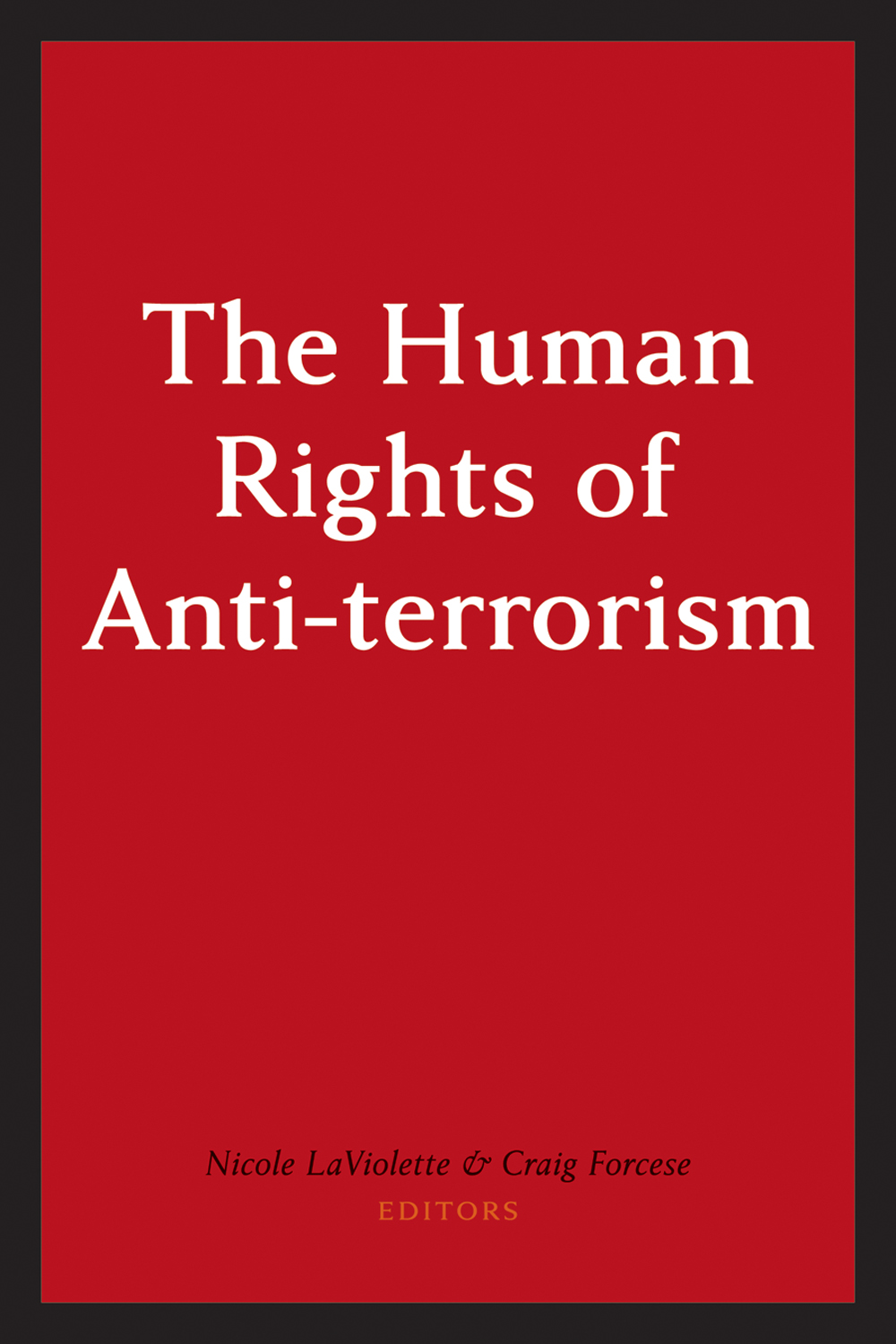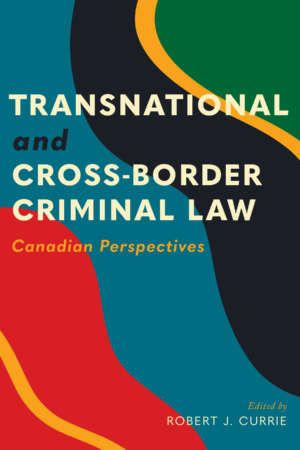Product Description
Transport and communications technologies have made international disputes common, and a frequent practical issue is which country or countries have jurisdiction to resolve the dispute.
Existing literature on private international law tends to emphasize choice of law rather than jurisdiction. Cases tend to show that the practical significance of Jurisdiction has yet to be appreciated.
This groundbreaking book fills in these gaps and offers a critical analysis of the principles and the theoretical foundations applied to resolve private international jurisdictional disputes and of the manner in which those principles are applied in practice by:
Describing the context in which international jurisdiction disputes are determined
Explaining and critically analysing the principles of jurisdiction
Explaining and critically analysing the manner in which the principles are applied
Identifying the interests which motivate principles and the courts’ application of the principles
Recommending reforms to the principles by demonstrating that the existing principles of jurisdiction are flawed, and ought to be reformed by taking into account the law’s objectives, defined by relevance to state and private interests.




